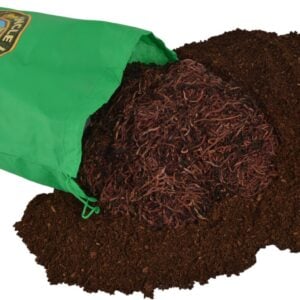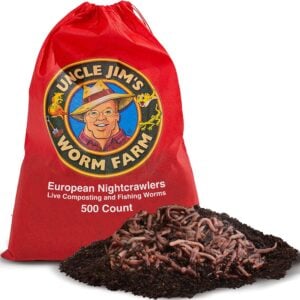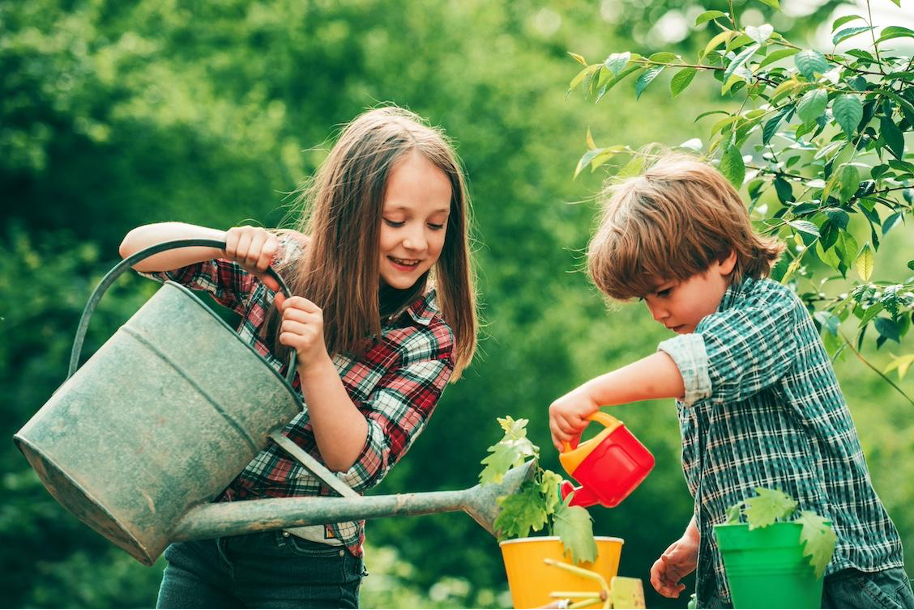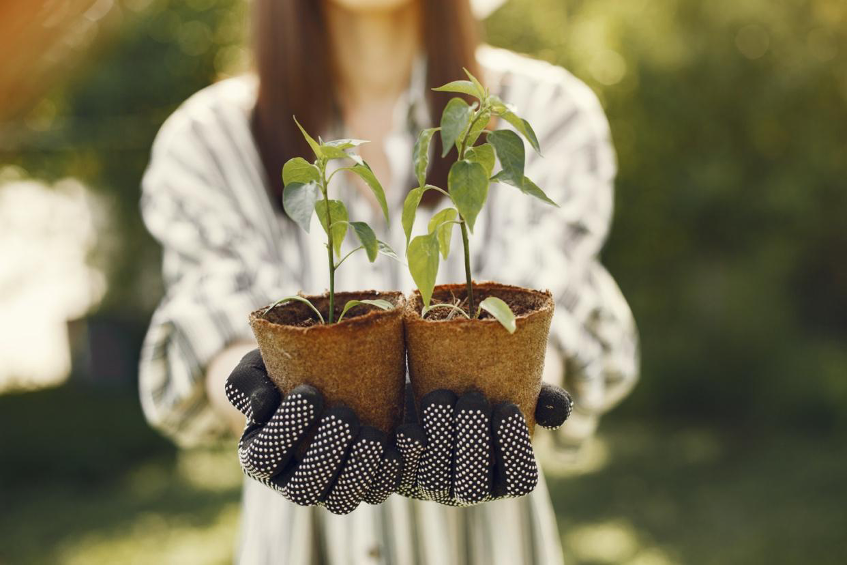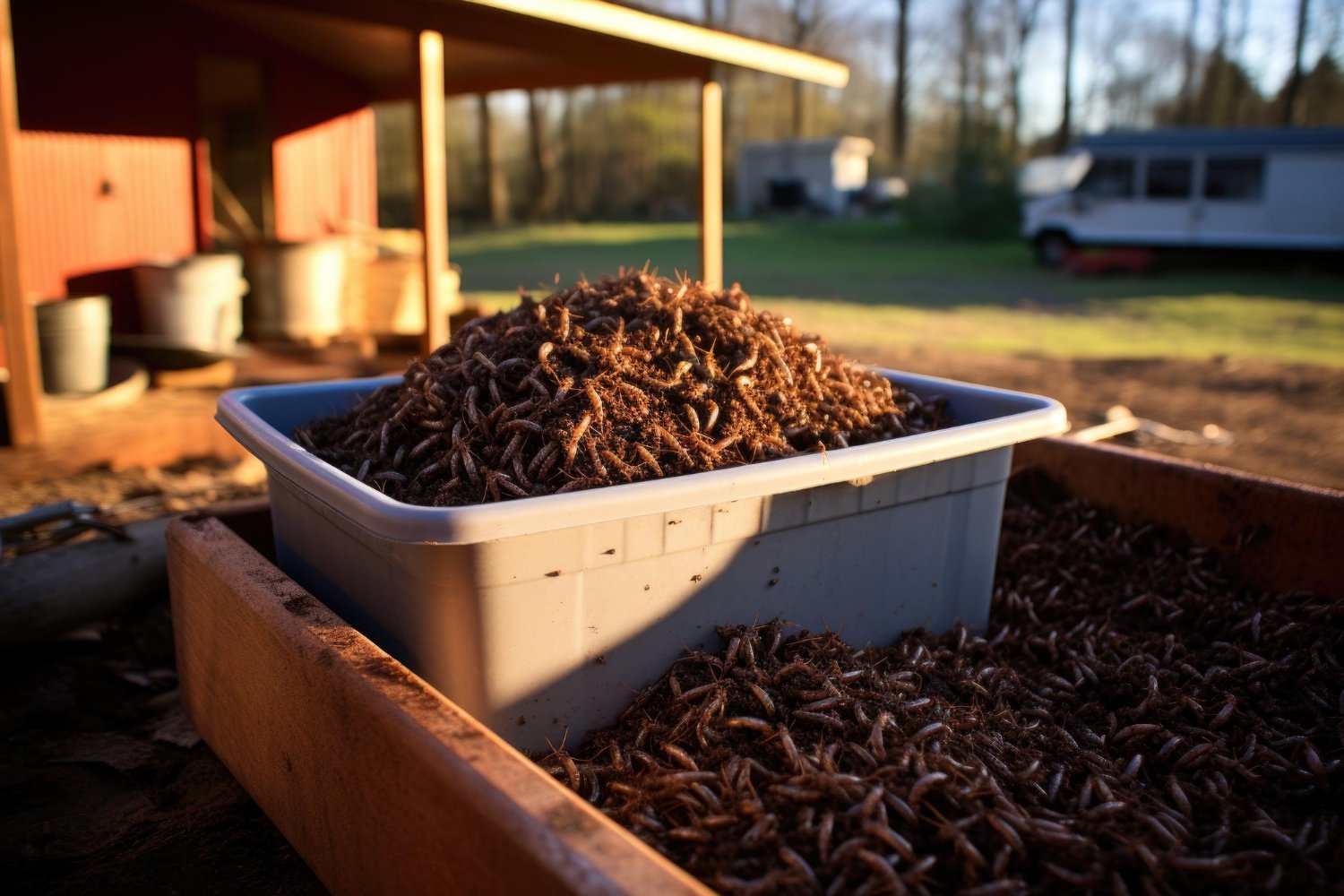Worm casting tea is a gardener’s secret weapon known mostly for its ability to boost microbiological activity in soil by adding bacteria, fungi, actinomycetes, and protozoa to the soil.
But what is it, exactly? Also known as worm compost tea, it is ultimately the end result of steeping worm castings or vermicompost in water. And what are worm castings? They’re an organic fertilizer produced from earthworms.
If you are already worm farming and have easy access to worm castings fertilizer, then making worm tea for plants will be a breeze. If you want to start a worm farm to reap the benefits of worm castings tea, we’ve got you covered with an array of different worm kits.
Keep reading to learn how to make this plant elixir in a few simple steps!
Maximize Your Harvest with This Simple Worm Tea Recipe
Get ready to turn your garden into a thriving oasis with the secret ingredient for luscious plants and bountiful harvests. This magical elixir is not only easy to make but also packed with essential nutrients that will give your garden a much-needed boost. And the best part? You only need a few simple ingredients to make your own worm tea for plants.
So, grab your watering can, get brewing, and watch your plants grow bigger, stronger, and greener in no time with the help of some earthworm casting tea!
Here’s what you’ll need:
- A porous bag (Uncle Jim’s worm bag, old t-shirt, pantyhose, cheese clothe, etc.)
- Dechlorinated water (rainwater, pond, or distilled water)
- A bucket (a 5-gallon bucket will work)
- Worm castings
How to Make Worm Tea Fertilizer in 3 Simple Steps
Attention all green thumbs! Are you ready to learn the art of brewing up the perfect batch of worm tea? This simple yet powerful garden elixir is just a few steps away, and the results will leave you in awe. Say goodbye to dull, lackluster plants and hello to a thriving, verdant garden.
Keep reading because I’m about to share the 3-step secret to making the best worm casting tea for flowering your plants have ever tasted!
1. Bag It Up
The first thing you will want to do is add your worm castings fertilizer to the porous bag of your choice and tie the end of the bag. Add water to your 5-gallon bucket, and place the bag of worm castings in the water container.
2. Sleep On It
After your bag of castings is bagged and soaked, let it steep overnight to dechlorinate and do its composting process magic. In the morning, the water should be light brown, and that is your worm compost tea!
3. Feed It to Your Plants
After the bag of castings is ‘spent,’ you can add it to a potted plant or garden because you’ve successfully finished the job. Congrats!
Ultimately, to make a batch of basic worm compost tea, all you really need to do is soak some vermicompost overnight in water. It’s that simple!
How to Use Your Worm Casting Tea for Maximum results
Ready to unleash the power of the worm tea you just made on your garden? I’m about to spill some tea about how to put this magic brew to work! If you’re dealing with a sprawling garden or a jungle of houseplants, the secret to making the most of it is simple: dilution.
A few splashes of this nutrient-rich worm compost tea in a watering can full of water (50% water to 50% tea), and you’ll be able to cover much more ground, leaving every leaf and stem in your garden healthier and happier.
I suggest putting your tea in a watering can. However, a sprayer or spray bottle will work well, too. Just be sure to strain the liquid before reaching for one. Now, simply water your indoor plants, outdoor potted or hanging plants, and garden. Cover the entire plant with your worm compost tea, including the leaves.
Many people believe that the numerous beneficial microbes in worm castings tea help protect plants from an array of diseases. It’s like a shield against a whole host of garden ailments. So, go ahead, give your plants a treat, and watch as they thrive like never before!
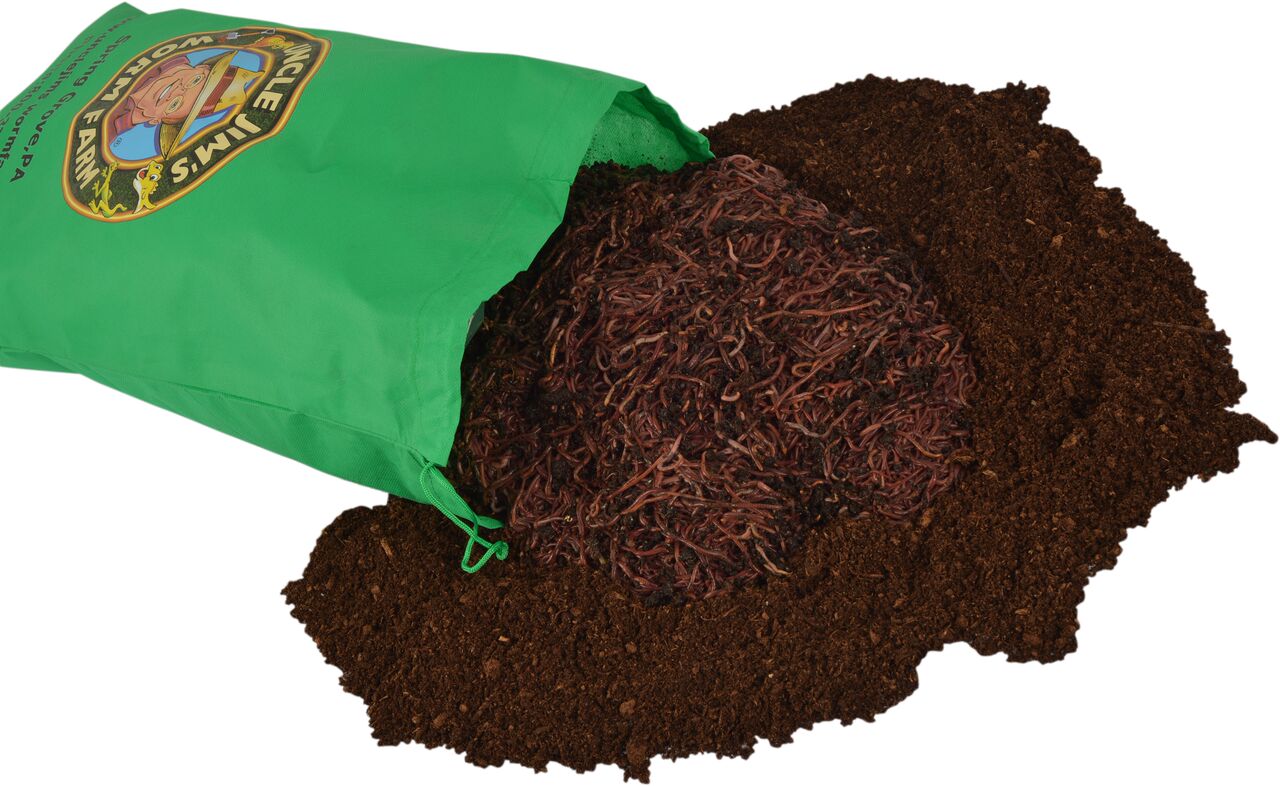
Transform Your Garden in No Time
And that is it! Whether you prefer to use a watering can or spray bottle, this nutrient-rich elixir is sure to boost your greenery. It’s just one of many incredible benefits of having your own little worm farm. Your plants will especially thank you!
So, prepare to give your plants a luxurious spa day with homemade worm casting tea! Give them a head-to-toe soak, drenching the leaves, stems, and roots in this microbial magic potion, and watch them flourish.
Note: You can get higher-quality worm tea by adding a sugary liquid and an aquarium bubbler. Join the gardening revolution and elevate your horticultural game with Uncle Jim’s Worm Farm! Browse our diverse range of vermicomposting products, then leap to unlock the full potential of your green thumb and start creating a thriving garden today.
Other Frequently Asked Questions
What is Worm Tea for Plants?
This nutrient-rich brew is made from the castings of our tiny, soil-dwelling friends, the earthworms. It’s like a vitamin boost for your plants, providing them with a balanced mix of essential nutrients and microorganisms. Think of it as a spa day for your greenery – they’ll thank you with lush leaves and bountiful blooms.
What is Worm Tea Used for?
Worm tea is the multitasking marvel of the gardening world. This golden liquid is used for so many things; it’s like the duct tape of horticulture. Whether you’re looking to improve soil health, boost plant growth, or protect against pests and diseases, worm castings tea has your back. It’s power-packed with nutrients, enzymes, and microorganisms that can do wonders for your plants.
Can You Drink Worm Tea?
No. While worm tea is packed with beneficial microorganisms and nutrients for your plants, it’s not intended for human digestion. So, go ahead and give it to your plants, but find something a bit more human-friendly to quench your thirst.
How Often Should You Use Worm Tea?
The frequency of using this brew in your gardening routine is all about finding the right balance. Generally speaking, using it once a week can give your plants a steady supply of essential nutrients and microorganisms.
But, just like your plants, every garden is unique and may have different needs. So, it’s important to keep an eye on your plants and adjust accordingly – use more or less depending on their reaction.



